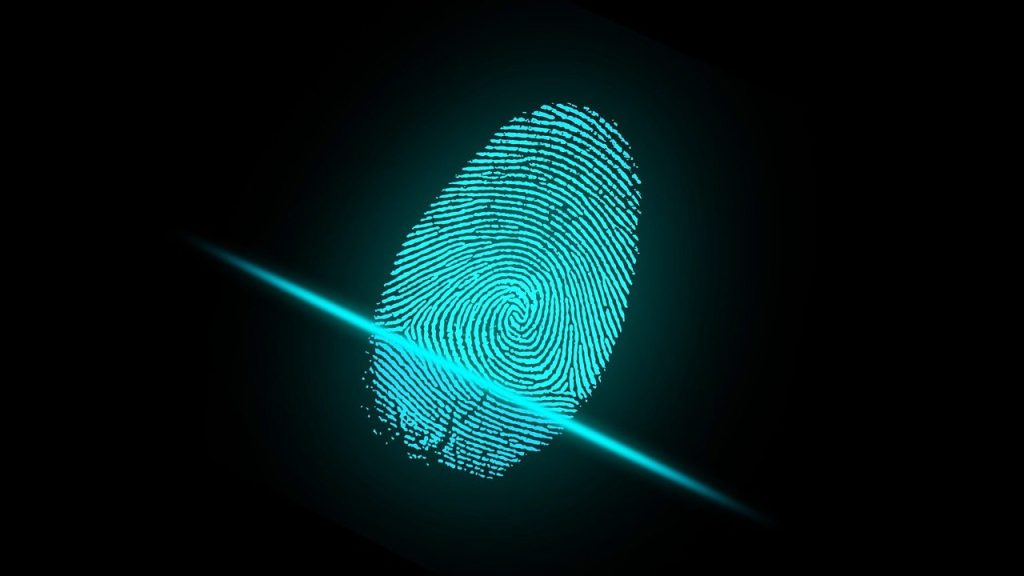The Essential Phases of Computer Forensics Services in Digital Crime Investigations
Computer forensics is a crucial field in the investigation of digital crimes, involving the systematic examination of electronic devices to gather, preserve, and analyze data. The essential phases of computer forensics services encompass several key steps, each playing a critical role in ensuring that digital evidence is accurately identified, preserved, and utilized in legal proceedings. The process begins with identification. This initial phase involves recognizing and determining the relevant digital devices and data sources that might contain evidence pertinent to the investigation. Investigators must assess the situation, understand the nature of the crime, and identify all potential sources of digital evidence, which may include computers, smartphones, servers, and other electronic devices. Once identified, the preservation phase follows. This step is crucial for maintaining the integrity of the digital evidence. Preservation involves creating exact copies or forensic images of the data on the identified devices, ensuring that the original data remains unaltered.

This process is conducted using specialized tools and techniques that prevent any changes to the original data, preserving the evidence in its original state. This phase is essential to uphold the chain of custody and to ensure that the evidence remains admissible in court. Following preservation, the analysis phase is carried out. During this phase, forensic experts thoroughly examine the preserved data to uncover relevant information and patterns. This involves using advanced software tools and methodologies to search for and interpret data, such as deleted files, hidden directories, or encrypted information. The goal of analysis is to reconstruct events, identify perpetrators, and gather evidence that can establish the facts of the case. This phase requires a deep understanding of both the technology and the nature of the crime being investigated. The documentation phase is also integral to the forensic process. Comprehensive records must be maintained throughout the investigation, including details of the identification, preservation, and analysis steps. Documentation serves as a crucial reference, ensuring that the entire process is transparent and reproducible.
This includes detailed notes on the methods used, findings discovered, and any challenges encountered during the investigation. Proper documentation helps to support the credibility of the forensic process and can be critical in legal proceedings. Finally, the presentation phase involves communicating the findings of the investigation. Forensic experts prepare reports and provide testimony to present the evidence in a clear and understandable manner. This may involve explaining technical details in a way that is accessible to non-experts, such as judges and juries. Effective presentation is key to ensuring that the evidence is comprehensible and persuasive in court, helping to establish the validity of the findings and support the legal process. Overall, The Basics of Computer Forensics have essential phases of computer forensics—identification, preservation, analysis, documentation, and presentation—are interconnected and vital to the successful resolution of digital crime investigations. Each phase builds upon the previous one, ensuring that digital evidence is handled with care and accuracy, ultimately aiding in the pursuit of justice.